

Most people know that hairballs can be a common problem seen in cats which can lead to a real health issue. However, although quite rare, dogs too can suffer from them. Hairballs develop for various reasons and when it happens, it can be quite frightening simply because owners don't expect their pets to get them. So why do dogs and other animals suffer from hairballs and why do they form from time to time in their stomachs?
Hairballs form when a mass of fur they've eaten builds up into a solid mass in their stomachs. The technical name for a hairball is “trichobezoar” and although this mass usually consists of hair alone, sometimes hair gets attached to something a dog might have swallowed which ends up in their stomachs too. However, more often than not any hair gets passed out of a dog’s system when they go to the toilet and therefore it doesn't cause any problems.
Occasionally a lot of hair gets trapped in a dog's stomach which then balls up causing a blockage. The result is dogs “sick up” the balls of hair in order to clear their systems. If a hairball is not expelled, it can block up their system preventing vital fluids from circulating correctly and if left untreated, it could prove fatal.
Although dogs don't clean themselves to the same extent cats tend to do, they still give themselves the once over every now and again which means they automatically swallow a certain amount of their own hair. As previously mentioned, this hair normally gets passed out in a dog's faeces, but if a lot of hair is swallowed over a short period of time it can start to accumulated and form a small ball in the dog's stomach and once it does, more hair then attaches itself to it so the ball gets bigger and bigger.
Luckily, dogs seldom suffer from the problem, but under the right conditions, it can happen which can take their owners a bit by surprise. With this said, the longer a dog's coat is, the more chance there is of them developing a hairball. Dogs that suffer from any sort of skin allergy tend to lick themselves a lot more which means they too are at risk of getting hairballs. Allergies can be brought on for all sorts of reasons whether food related or because they have picked up fleas or other parasites, but dogs will lick at their fur a lot more and therefore swallow a lot of it in the process because of this.
Although dogs don't often suffer from hairballs, if you do notice your dog trying to be sick and worried things aren't quite right, you should get them along to see a vet as soon as you can. The vet would be able to give your pet a thorough examination to rule out any underlying causes and once they have, they may recommend giving your dog a veterinary prescription laxative which would help clear any blockages in their system.
As with most things prevention is far better than cure when it comes to anything health related and this includes hairballs. It's really important that your dog drinks enough water on a daily basis, and ideally it needs to be cool, fresh water. If your dog is prone to developing hairballs, you may like to consider investing in a water fountain which means the water they drink is always cool because dogs don't like water when it's warm.
If your dog's coat is long, then regular grooming is a must. Frequent brushing will help remove any excess loose hair which means there's less chance of your pet swallowing too much and ending up with a hairball developing.
Add a little omega oil to your dog's food which helps reduce the chance of any loose hair staying in their stomachs because they are more likely to pass it out when they go to the toilet.
You may not notice there is a problem until you find a mass of moist hair on the floor or in your dog's bed. If you do find a hairball, you should discuss the problem with your vet who may recommend you take your pet along to be examined. If the vet finds your dog is cleaning themselves too much because they have developed a skin allergy or because they have picked up fleas, they would then be able to prescribe a treatment that should make life more comfortable for your pet. This in turn would mean your dog would not lick themselves so much and as such not swallow quite as much hair.
Dogs are lovely creatures although they do tend to eat just about anything they come across which often results in them “sicking it” up all over the place. However, another reason why a dog may vomit is when they develop a hairball and although this is quite rare, our canine friends like many cats do occasionally develop one. You may not even have noticed there is a problem until you find a mass of nasty moist hay mixed in with a bit of grass on the living room carpet, but if you are at all concerned you should discuss things with your vet who may recommend you take your dog along for a full examination.
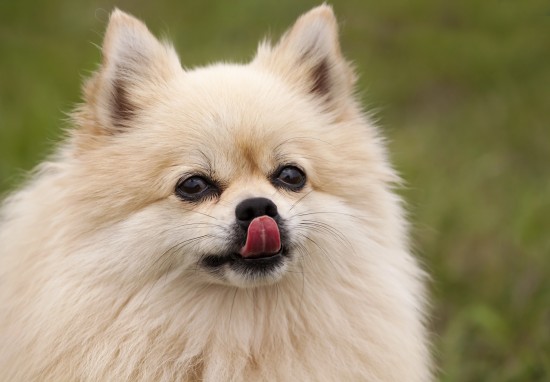 An Insight Into The Taste Buds Of The Dog, And How They Taste Their Food
An Insight Into T
An Insight Into The Taste Buds Of The Dog, And How They Taste Their Food
An Insight Into T
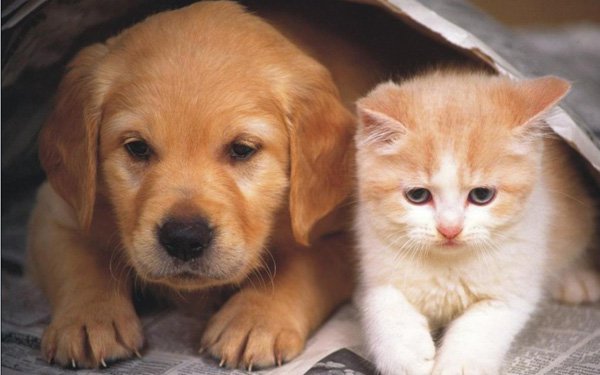 How to Select Good Quality Foods for Dogs?
How to Select Good Quality Foods for Dogs?
Goo
How to Select Good Quality Foods for Dogs?
How to Select Good Quality Foods for Dogs?
Goo
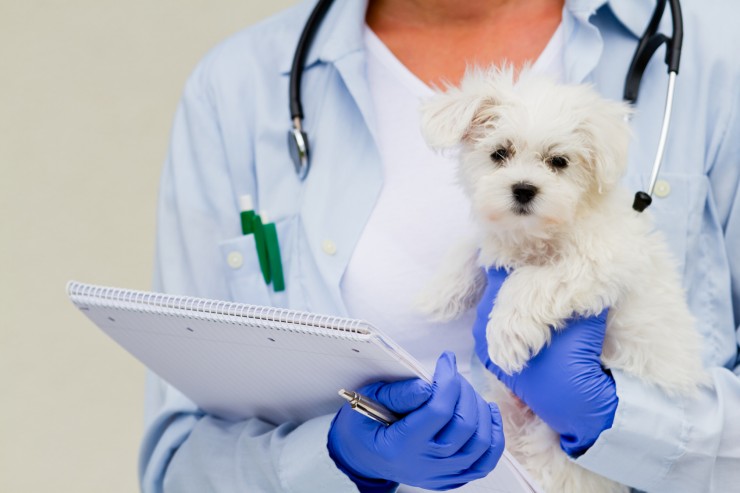 When Should I Take My Puppy For Their First Vet Checkup?
When Should I Tak
When Should I Take My Puppy For Their First Vet Checkup?
When Should I Tak
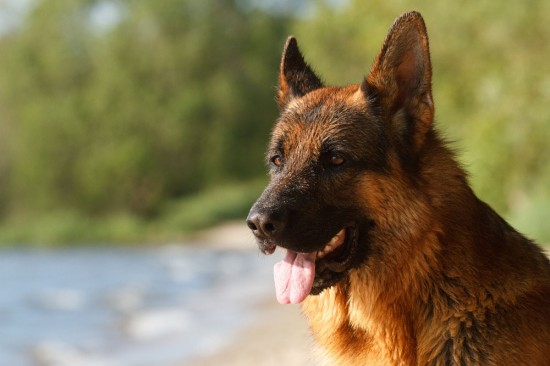 Can Dogs Detect Cancer?
Can Dogs Detect C
Can Dogs Detect Cancer?
Can Dogs Detect C
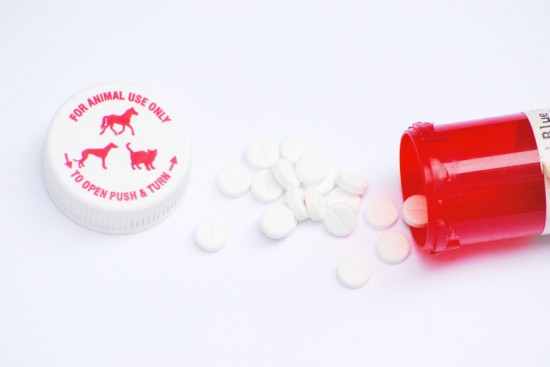 Pet Health And Antibiotics
Pet Health And An
Pet Health And Antibiotics
Pet Health And An
Copyright © 2005-2016 Pet Information All Rights Reserved
Contact us: www162date@outlook.com